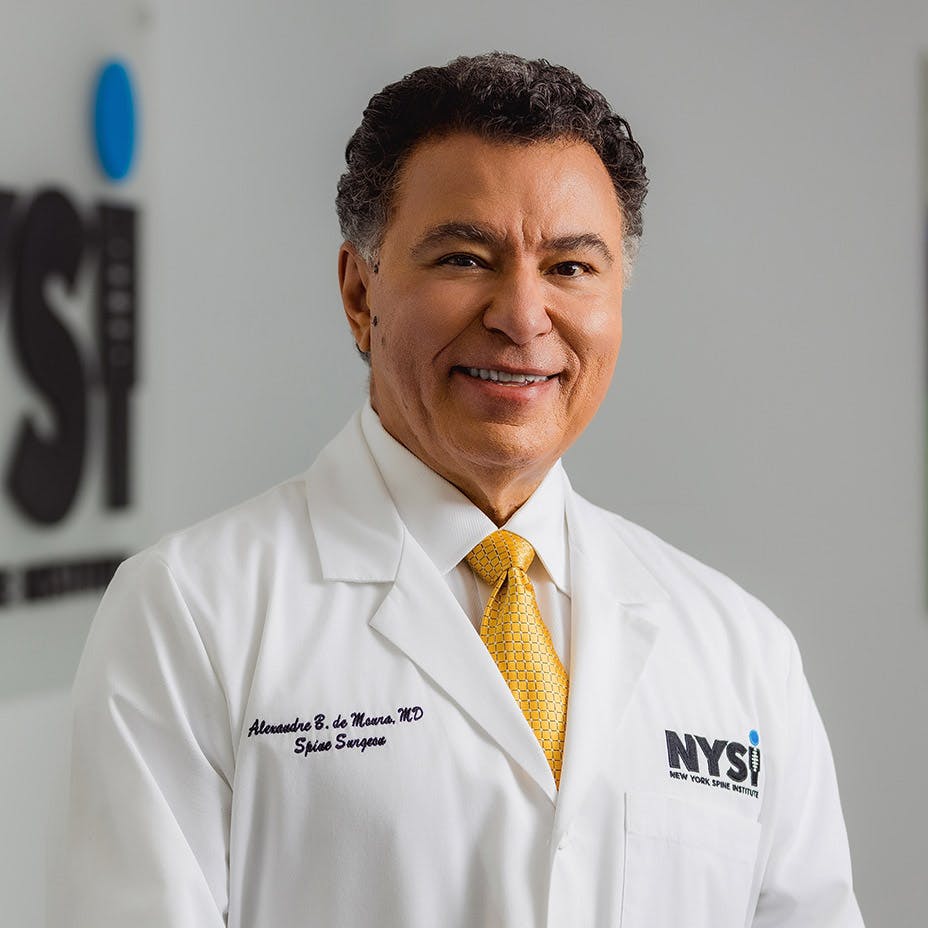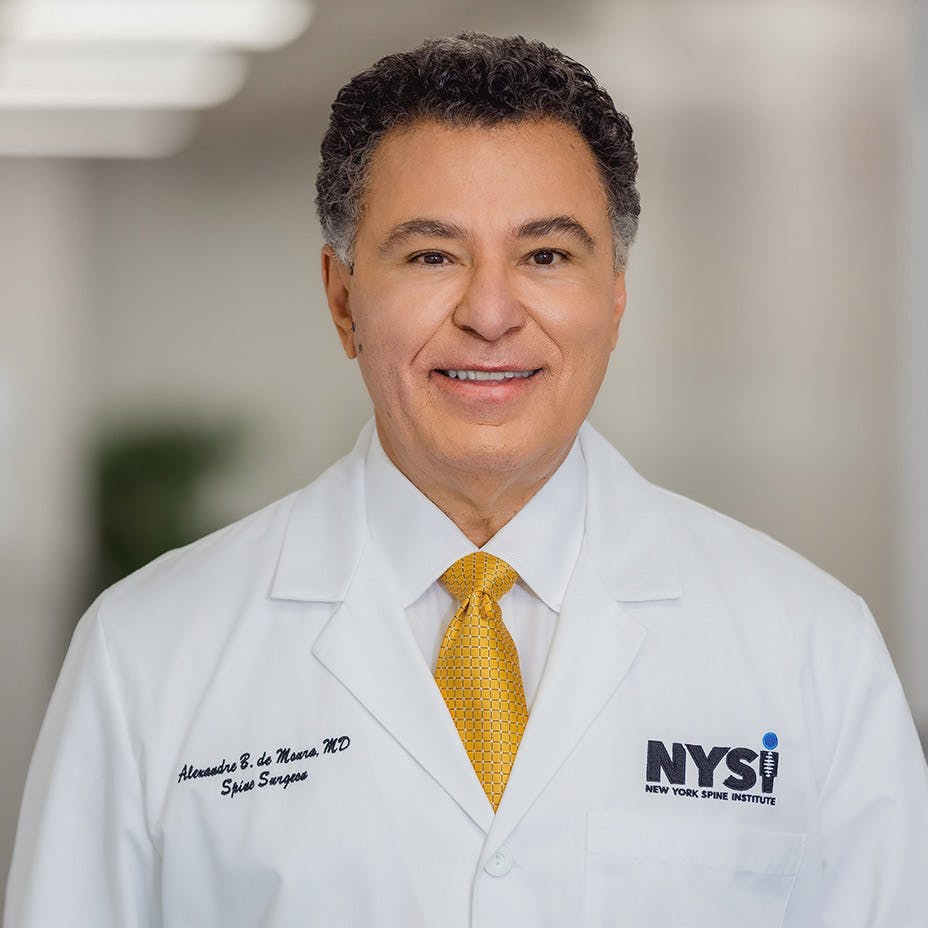The Spinal Specialists at New York Spine Institute specialize in the diagnosis and treatment of Intradural-Extramedullary tumors. We offer our specialized spinal treatments and surgeries for patients throughout Greater New York City.*
Understanding The Causes Of Your Intradural-Extramedullart Tumors
It is hard to pinpoint the causes of most spinal cord tumors, they may develop in nerve roots or inside the surface of the dura and be the outcome of exposure to certain chemicals. In some cases, genetic disorders such as neurofibromatosis 2 and von Hippel-Lindau disease may play a role, along with other defective genes. This form of this spinal tumor can be the result of a metastasis, a cancerous tumor that has spread from another part of the body. In other cases they can be benign and may be one of the following types.*
- Meningioma– Form from meninges, the membrane that surrounds the spinal cord.
- Schwannoma– Forms in the tissue that covers the nerves.
- Neurofibromas– Forms in the tissue that covers the nerves, frequently found in the cervical area.











